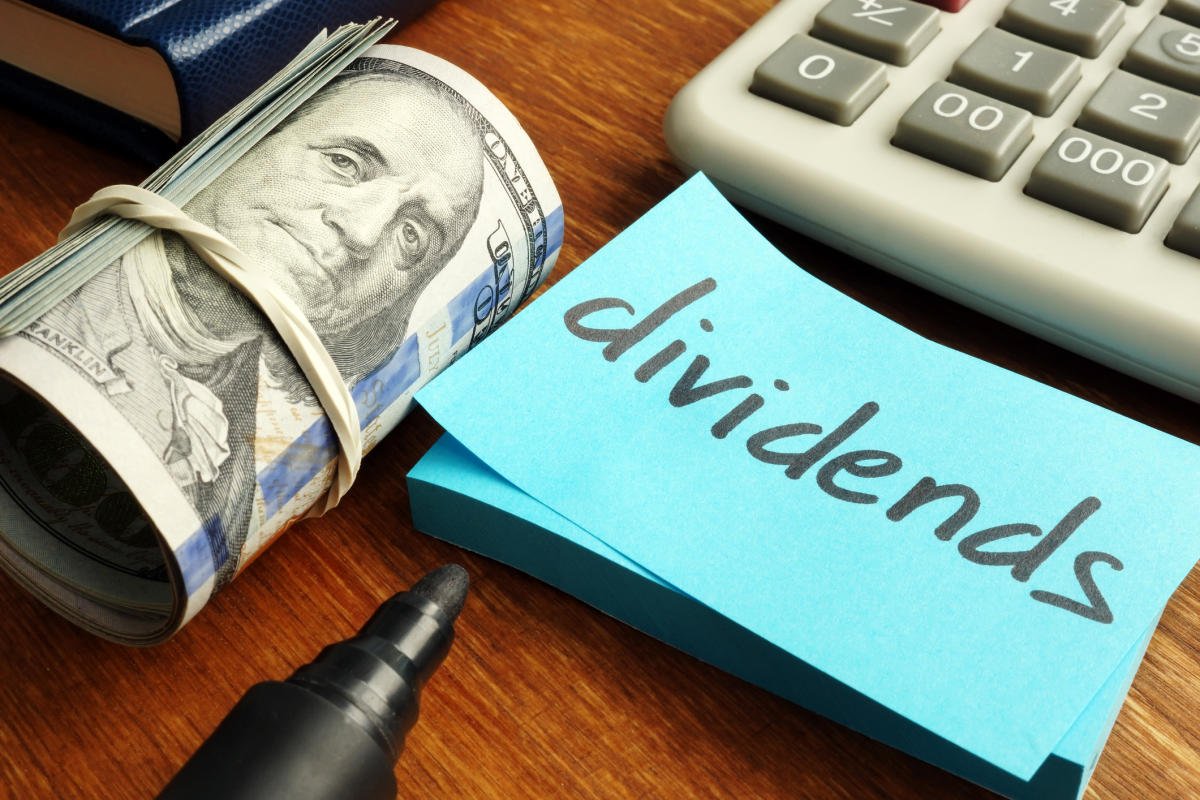Kaili Killpack
4 min read
In This Article:
After a volatile start to the year, the stock market has rebounded — offering investors, especially retirees, a valuable chance to reassess their portfolios. Financial expert Suze Orman is encouraging older Americans to use this moment of market recovery as an opportunity to adjust their investment strategies.
Orman shared that in the first few months of 2025, the S&P 500 dropped more than 15%, and the Nasdaq 100 saw losses close to 20%. But by late June, both indexes had not only bounced back — they posted gains for the year. This quick turnaround, she says, is a rare window for reflection and course correction.
Don’t Miss:
-
Deloitte’s fastest-growing software company partners with Amazon, Walmart & Target – Many are rushing to grab 4,000 of its pre-IPO shares for just $0.30/share
-
$100k+ in investable assets? Match with a fiduciary advisor for free to learn how you can maximize your retirement and save on taxes – no cost, no obligation.
“If you were anxious during the market sell-off in the first half of the year, now is a good time to think through whether it is indeed time to reduce your overall allocation to stocks,” Orman wrote in a recent blog post
Orman points out that the same investment strategy that worked in your 40s or early 50s might not serve you well in your 60s or 70s. While she says that stocks still have a place in retirement portfolios — particularly to help outpace inflation — she advises against holding an overly aggressive position.
Someone who once had 80% of their portfolio in stocks may now want to take a more balanced approach. “Each of us has to know what will work for us,” Orman wrote. That includes reevaluating your risk tolerance as you age and your income needs shift.
Trending: Named a TIME Best Invention and Backed by 5,000+ Users, Kara’s Air-to-Water Pod Cuts Plastic and Costs — And You Can Invest At Just $6.37/Share
One of Orman’s key pieces of advice for retirees is to maintain a solid cash reserve. She recommends setting aside at least two to three years’ worth of living expenses in cash — not including your emergency savings.
This buffer allows retirees to avoid dipping into stock investments during downturns, helping to preserve long-term growth while providing peace of mind. If you don’t currently have that cushion, Orman suggests that now — while markets are up — may be a smart time to build it.
“Being able to cover your living costs without touching stocks when they are down…is how you sleep soundly in retirement,” she explains.















